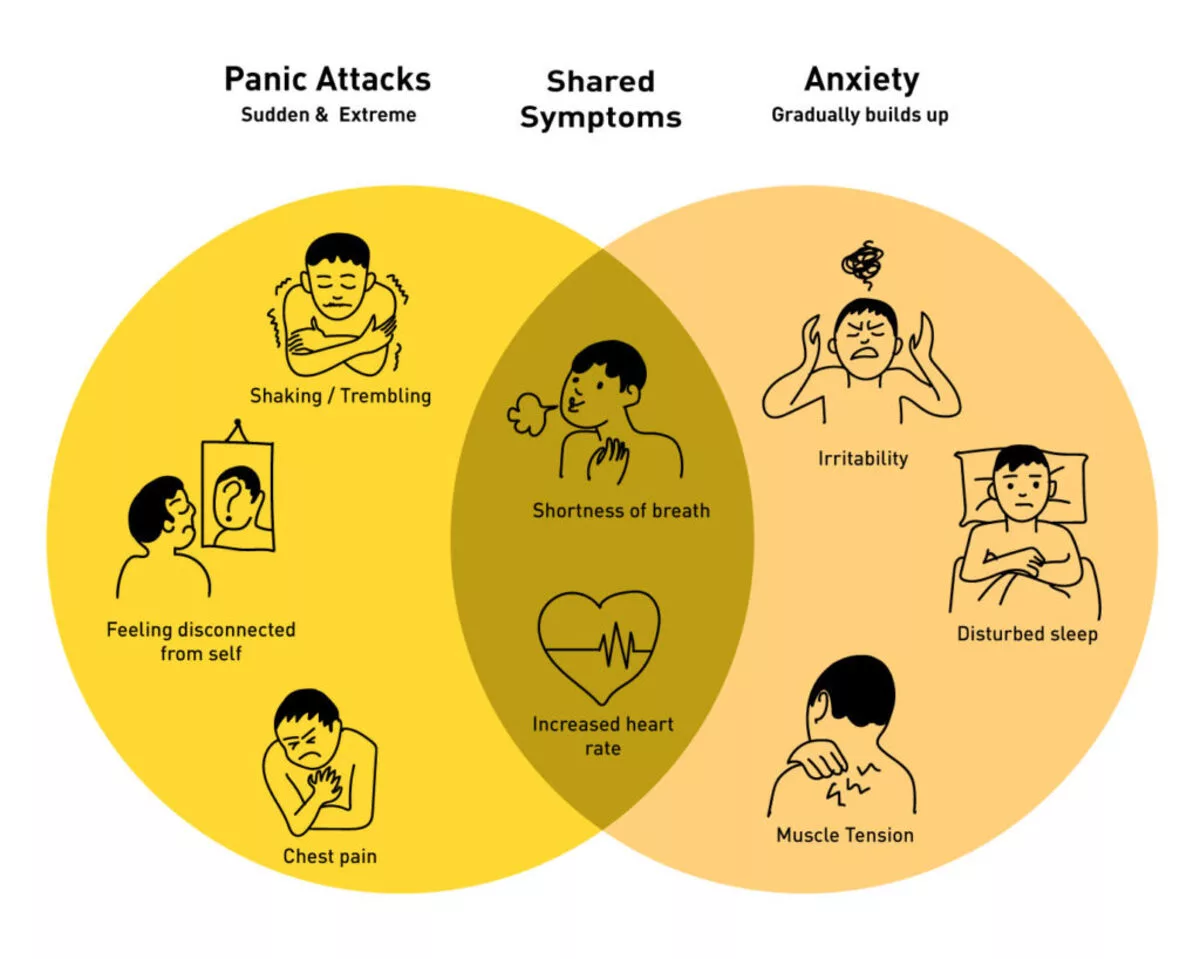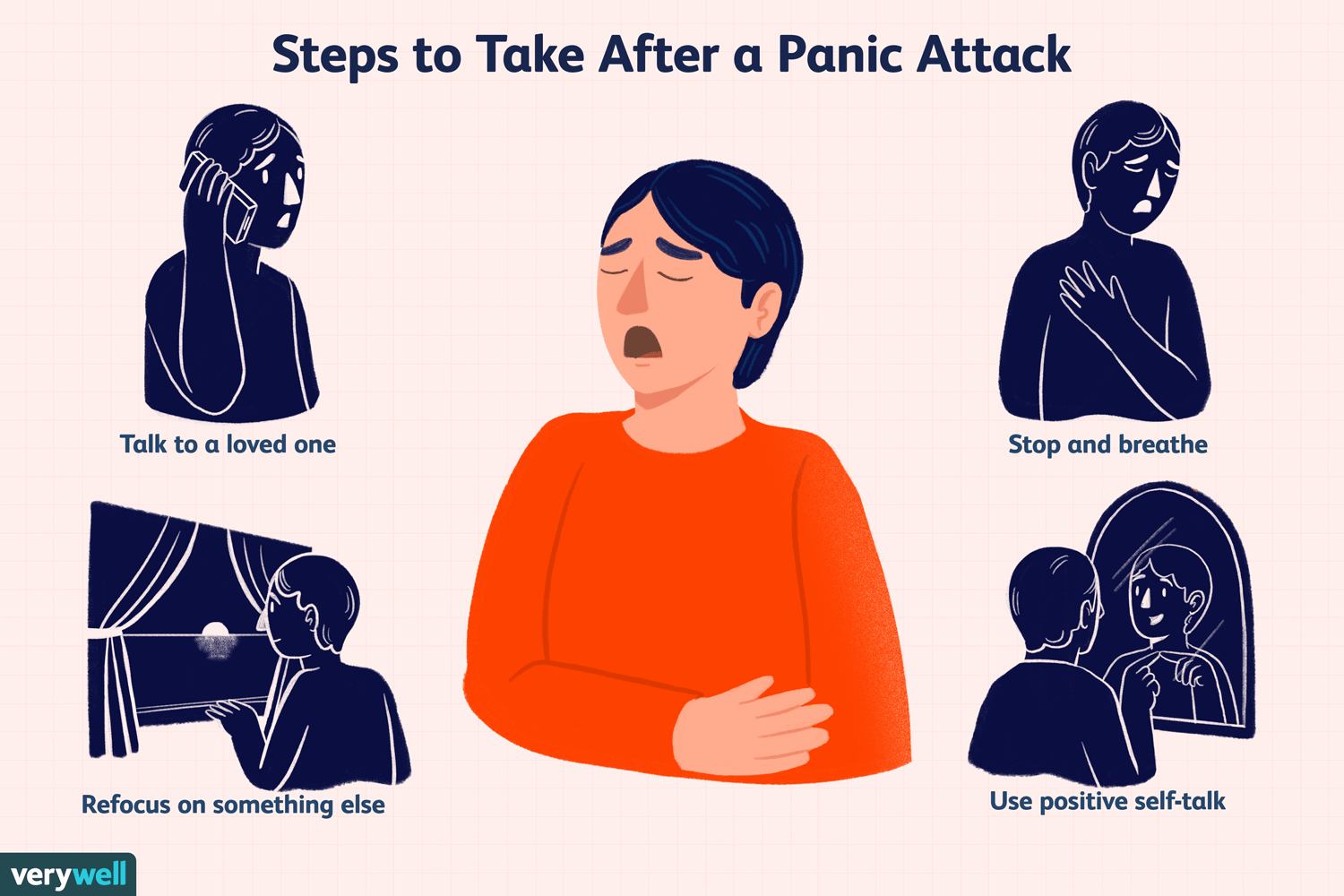The unexpected surge of immense fear or discomfort, resulting in severe physical responses, defines the harrowing experience of a panic attack. These episodes can surface in various scenarios, including during a C-section, hence the term “panic attack during C-section.”
A Cesarean section, commonly known as a C-section, is the surgical birth of a baby through a cut made in the mother’s abdomen. Despite being a typically safe procedure, it’s not uncommon for some women to endure stress and anxiety, escalating to a panic attack during a C-section.
This surgical childbirth procedure can stir a gamut of emotions in women, encompassing anxiety, fear, and panic. Managing panic attacks during a C-section can be demanding and may necessitate prompt medical intervention.
The symptoms they manifest, such as shortness of breath, chest discomfort, accelerated heartbeat, and sweating, can be unsettling. In many instances, these symptoms can mislead women into thinking they are experiencing a heart attack or are on the verge of death.
Comprehending Panic Attacks

Panic attacks symbolize sudden and profound episodes of terror or anxiety that can strike remarkably fast and without warning. These episodes can be exceedingly terrifying and overpowering, giving rise to physical manifestations like sweating, trembling, and fast heartbeats.
These nerve-wracking episodes can endure for several minutes or even longer and can be prompted by an array of factors, notably stress, fear, or extensive physical activity.
Anxiety disorders, encompassing panic disorder, rank among the most frequent mental health disorders plaguing the US. The Mayo Clinic asserts that panic disorder epitomizes a strand of anxiety disorders and is characterized by recurrent and unanticipated panic attacks.
The precise roots of panic disorder remain unclear, yet studies hint at a potential genetic influence contributing to its development.
Panic attacks can manifest various symptoms including a fast heartbeat, sweating, trembling or shaking, shortness of breath, discomfort or chest pain, nausea, dizziness, lightheadedness, a sense of impending doom, or feeling out of control. These symptoms can immensely distress individuals and can disrupt daily routines and activities.
If panic attacks are part of your reality, it’s crucial to reach out to a mental health expert. Potential treatments could involve therapy, medication, or a fusion of both. With due care and appropriate treatment, myriad individuals battling panic disorder can manage their symptoms and lead fulfilling lives.
In essence, while panic attacks can be a profoundly disconcerting experience, they are manageable and treatment is available. Being informed about the symptoms and seeking professional mental health advice can facilitate managing your symptoms, thereby enhancing your overall life quality.
Identifying Panic Attacks During C-Sections
a. Common Symptoms
So, how do you know if it’s ‘just’ fear or an all-out panic attack? Symptoms may include a rapid heart rate, trembling, sweating, shortness of breath, a sense of impending doom or danger, and feelings of loss of control.
b. Recognizing Panic Attacks (H3)
Sense of awareness is crucial here. Always ensure your medical team understands your mental health history. This helps them recognize when panic might be setting in and take appropriate measures.
The Causes of Panic Attacks During C-Sections
a. Anxiety and Fear
You might wonder, “do all women experience panic attacks during C-sections?” Not necessarily. Fear of surgery, complications, pain, or the uncertainty surrounding the birth could be triggers.
b. Personal History
Ladies with a history of anxiety disorders, panic attacks, or other mental health conditions might be more susceptible.
c. Hormonal Changes
It’s no news that pregnancy is a hormonal rollercoaster. These changes can also influence the likelihood of a panic attack during childbirth.
Dealing with Panic Attacks During C-Sections
Now comes the critical question – can anything be done about it? Absolutely!
a. Pre-planning and Preparedness
Discuss your fears with your doctor and mental health professional well in advance. An action plan can significantly alleviate your worries.
b. Techniques to Calm Anxiety
Leverage the power of breathing exercises, mindfulness, meditation, and other relaxation techniques. Your healthcare provider can guide you on this.
Managing Panic Attacks During Pregnancy
Welcoming a new life can be a joyful period, yet it’s also one that comes with its fair share of worries. The journey of pregnancy initiates an array of physical shifts, which might include morning sickness, cramps, and insomnia, among other symptoms. Adding these discomforts to your routine life can undoubtedly heighten stress levels.
In such circumstances, feelings of anxiety are completely normal. While it’s typical for concerns and worries to surface, controlling them could become a daunting task and may necessitate additional support. Excessive worry can often spiral into panic attacks.
Battling guilt about your anxiousness can seem appealing, especially as societal ideals portray pregnancy as a period of bliss. However, it’s vital to remember that experiencing anxiety or panic attacks doesn’t indicate that you’re flawed or failing. Such experiences are mental health conditions, and feeling them doesn’t mean you’ve erred.
Understanding that anxiety during pregnancy is common can provide comfort. It’s estimated that more than one in ten expectant mothers experience anxiety, so it’s important to know you’re not alone. Furthermore, many pregnant women also grapple with panic attacks.
Confronting panic attacks can be overwhelming, particularly when you’re already concerned and have heightened protective feelings towards your upcoming arrival.
With enhanced knowledge about panic attacks and methods to cope with them, the journey can be much smoother. Therefore, let’s delve into understanding these panic attacks and techniques to manage them should you encounter one…
Experiencing Panic Attacks and Pregnancy During Cesarean Birth
Confronting panic attacks while undergoing a Cesarean section, or C-section, can be intensely distressing for expectant mothers. Such panic attacks necessitate immediate medical intervention owing to their critical nature. Various factors, including the induced anesthesia, apprehension towards the surgery, and the intensity of the operation itself, can precipitate such attacks during C-sections.
When a C-section is executed, the expectant mother receives anesthesia, which may induce a suffocating sensation occasionally, intensifying into a panic attack. In such scenarios, it is imperative to alert the anesthesiologist instantly if the mother is combating any discomfort or respiratory struggle. The required anesthesia dosage might need further tuning to avert subsequent difficulties.
Furthermore, fearfulness of the surgical procedure itself can incite panic attacks among pregnant women. It is vital to voice any unease or apprehension to the medical team prior to the surgery taking place. This medical team can then deliver reassurance and assistance, a vital step in calming preoperative anxiety.
The surgical stress during C-sections is another potential catalyst for panic attacks. It is crucial to bear in mind that C-sections are widespread operations, and medical teams are efficiently trained to handle any emergencies that might crop up. It’s beneficial for the team to maintain open, forthright communication throughout the surgical process, helping alleviate stress and promoting a reassuring atmosphere.
To sum it up, Panic Attacks and Pregnancy during C-sections can be a petrifying experience for mothers. Swift and open communication of any discomfort or worry with the medical team is necessary. Medical professionals should be equipped to tackle any emergencies that might surface during the operation.
Read more: Asthma vs panic attack












